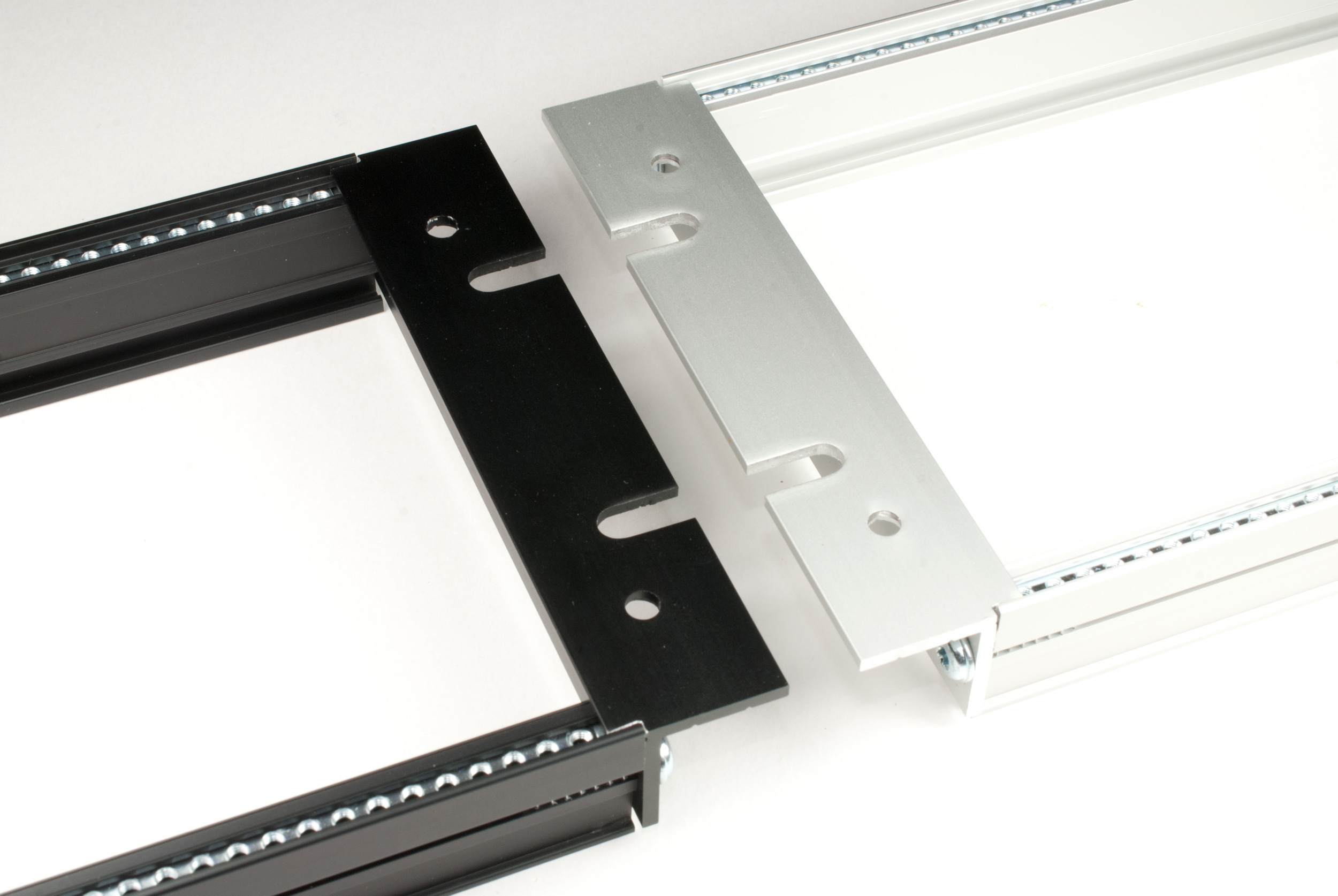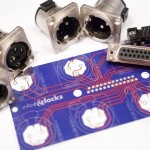Small side project from wiring my studio
As I was asked several times, yes I am back on business since mid January, lots of orders shipped, continuing…
Which doesn’t leave much time for other things. One of the “other things” is my small studio.
Having a lot of analogue gear, outboard, working with microphones, guitars etc. and also prefering an analogue workflow requires some thinking when it comes to wiring it all. I am also more the type of guy who prefers not to have cables flying around all over the studio.
Most of the modern studio equipment (mixers, interfaces) use DSUB25 or DB25 connectors. Of course you can use so called DSUB looms with XLR or 1/4 inch plugs. But when you use modular equipment like the 500 series, or single channel strips it sometimes gets tricky to change the setup, especially when everything is installed and most or all connectors are on the rear. This means you need breakouts to patch things or flip the mic from one to the other channel strip.

You can buy ready made breakouts like the RME BOB or from Mamba.
But I personally like the DIY approach. So I decided to make my own PCBs for XLR to DSUB (AES/EBU Tascam pinout). The first PCB prototypes will be delivered in the next weeks, so stay tuned if interested.










